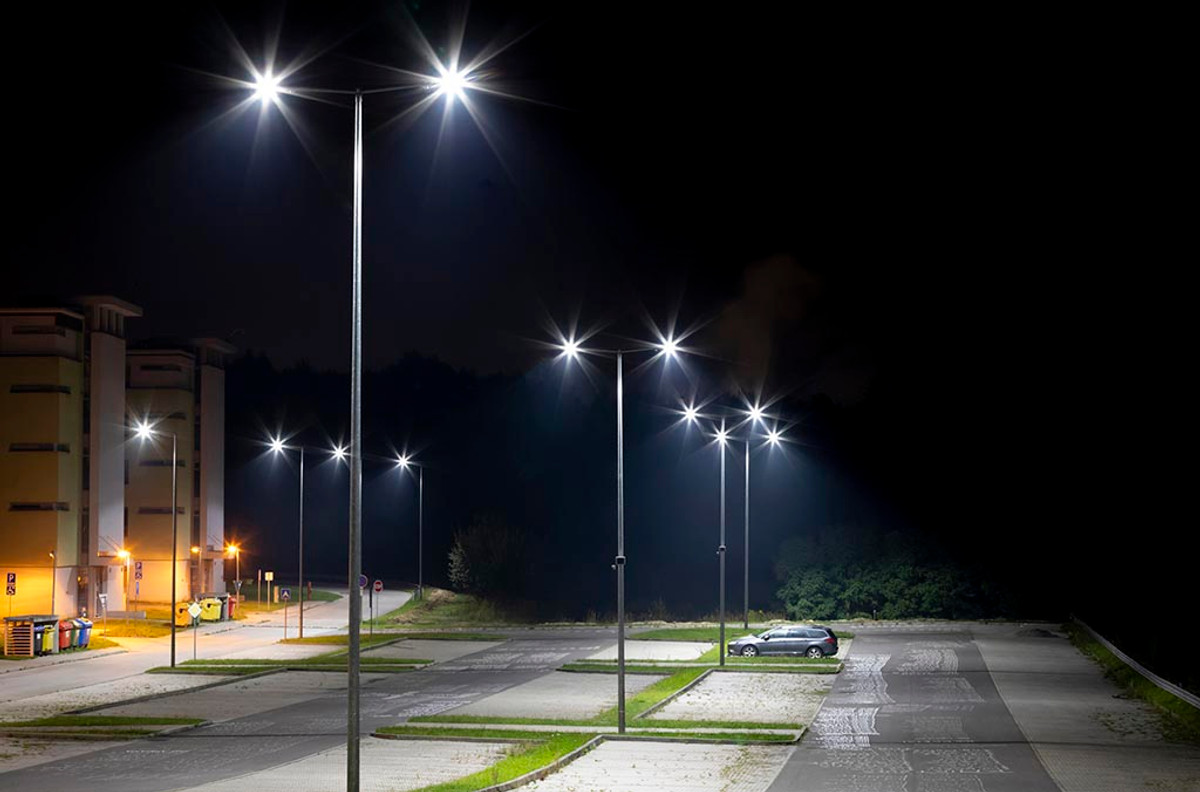
Image Source: Google
Turtle-friendly lighting is a concept that is gaining attention and recognition for its benefits to both humans and marine life. As more and more people become aware of the detrimental effects of artificial lighting on turtles and other marine animals, efforts are being made to reduce the impact and create lighting solutions that are safe for both humans and wildlife.
Artificial lighting has long been a problem for sea turtles. Hatchlings rely on the natural light of the moon to find their way to the ocean after hatching, but artificial lights can confuse and disorient them. This often leads to hatchlings becoming disoriented and heading away from the ocean, putting them at risk of dehydration, exhaustion, and predation. For adult turtles, artificial lighting can disrupt their natural nesting and mating behaviors, leading to decreased reproductive success.
Turtle-friendly lighting, also known as "turtle safe" or "turtle friendly" lighting, aims to minimize the negative impact of artificial lighting on turtles while still providing adequate illumination for human needs. Several key characteristics define turtle-friendly lighting:
1. Low intensity: Turtle-friendly lighting uses low-intensity bulbs or fixtures to reduce the brightness and glare that can disorient and confuse turtles. By minimizing the intensity of the light, turtles are less likely to be attracted to it and become disoriented.
2. Long wavelength light: Turtle-friendly lighting uses long wavelength light, such as amber or red, which has been found to have less impact on turtles. These colors are less likely to disrupt their natural behaviors and are less attractive to turtles, reducing the risk of disorientation.
3. Shielded fixtures: Shielded fixtures are designed to direct light downward and minimize light pollution. By directing the light where it is needed and reducing the amount of light that is scattered or spilled into the surrounding environment, the right turtle-friendly lighting helps to reduce the impact on turtles and other wildlife.
4. Motion sensors and timers: Using motion sensors and timers can help to minimize unnecessary lighting and reduce the overall impact on turtles. By only turning on lights when they are needed and automatically turning them off when they are not in use, turtle-friendly lighting helps to conserve energy and reduce light pollution.
Implementing turtle-friendly lighting not only benefits turtles and other marine life, but also has positive effects for humans. By reducing light pollution, turtle-friendly lighting allows for better visibility of the night sky, making it easier to observe stars and other celestial objects. This can have a significant impact on the tourism industry, as many people travel to areas with minimal light pollution to experience the beauty of a night sky.
Turtle-friendly lighting also has the potential to save energy and reduce costs. By using low-intensity bulbs and motion sensors, energy consumption can be significantly reduced. This not only helps to conserve natural resources but also lowers energy bills for individuals and businesses.
In conclusion, turtle-friendly lighting is a win-win solution that benefits both humans and marine life. By implementing low-intensity, long-wavelength lighting with shielded fixtures and motion sensors, we can reduce the negative impact of artificial lighting on turtles and other wildlife.
This not only helps to protect these vulnerable species but also allows for better visibility of the night sky and saves energy and costs. As awareness continues to grow, we must prioritize turtle-friendly lighting solutions in order to create a more sustainable and harmonious environment for all.